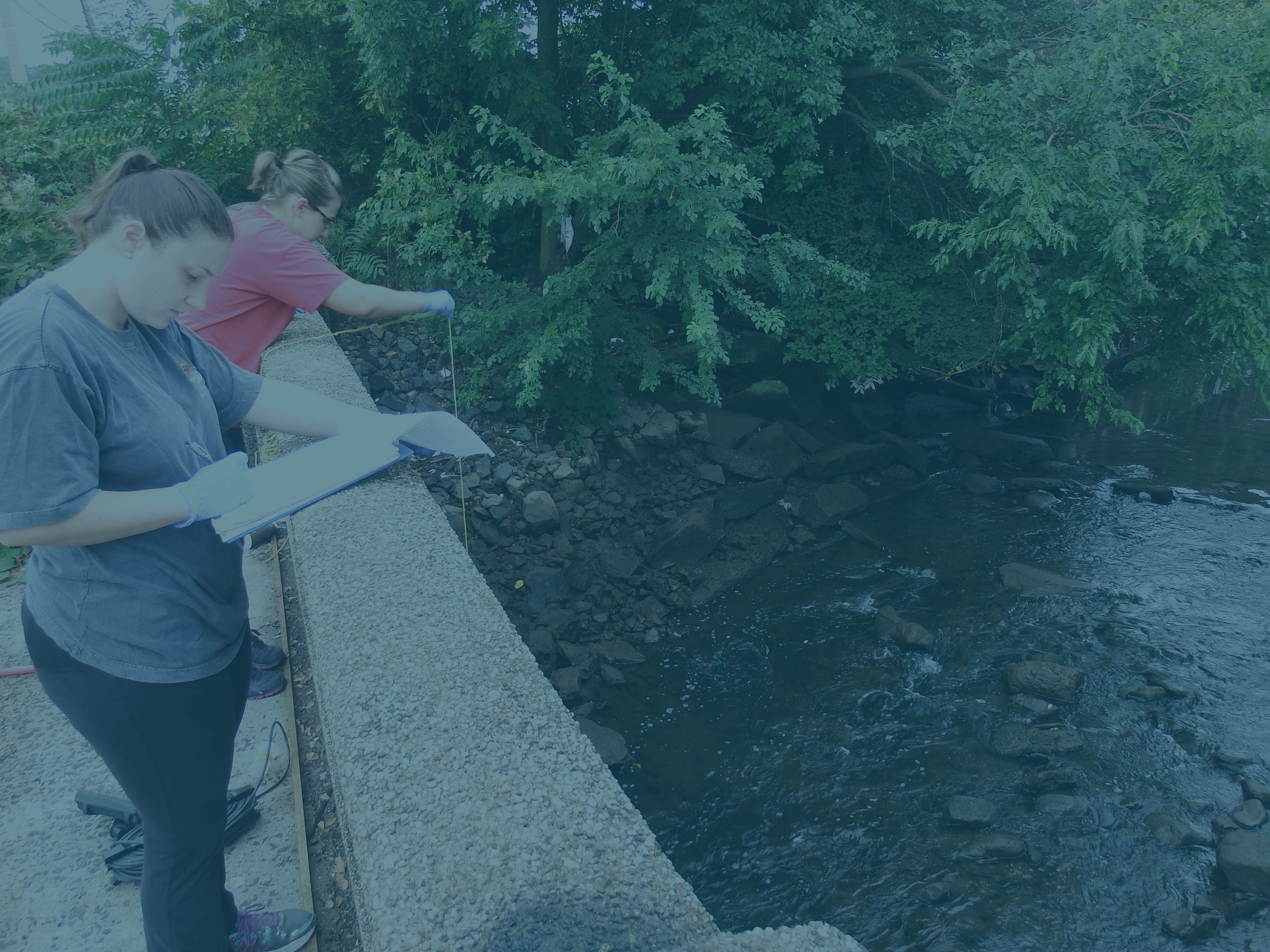
Impact of Summer Ambient Temperatures on Elevated Levels, Persistence and Regrowth of the Enterococcus Indicator Bacteria at the Silver Sands State Park Beach in Milford, CT
In the summer of 2007, the Interstate Environmental Commission (IEC) conducted a study funded by the Connecticut Department of Environmental Protection (CT DEP) Long Island Sound Fund program. The purpose of the project was to analyze localized conditions contributing to high concentrations of indicator bacteria that have caused and may cause additional beach closures in the Long Island Sound coastal area. The study area, Silver Sands State Park in Milford, Connecticut, includes two creeks, Great Creek and Fletcher Creek, both emptying into the Long Island Sound. This project was crucial to better predicting and understanding elevated bacteria levels in the study area and similar Long Island Sound coastal areas and, subsequently, improving overall water quality and promoting safe recreational use of Long Island Sound bathing beaches.
The focus of this study was to examine the specific impact of summer temperatures - as well as pH, total suspended solids (TSS), turbidity and salinity - on the concentration, persistence and potential regrowth of indicator bacteria in sediments and the water column during summer months, and also, to determine if creek sediments serve as a source of Enterococci to overlying waters through resuspension and remobilization. Samples were analyzed for DNA markers to indicate sources of fecal pollution within the watershed. In addition, DNA fingerprinting was used to determine if indicator bacteria are re-growing or concentrating in the environment.
The study found that there was no significant correlation between either sediment or water temperatures and Enterococcus levels. However, it was found that birds are a major contributor of fecal pollution in the study area. DNA fingerprinting yielded a highly diverse population of Enterococci in the sediment, which suggests that upstream creek sediments may serve as a sink and act as a concentrating environment for indicator bacteria, although they are not proliferating within the sediment. Therefore, at Silver Sands State Park, sediments may have a certain, but most likely, limited, contribution to bacterial pollution in overlying creek and downstream waters.
DOWNLOAD REPORT